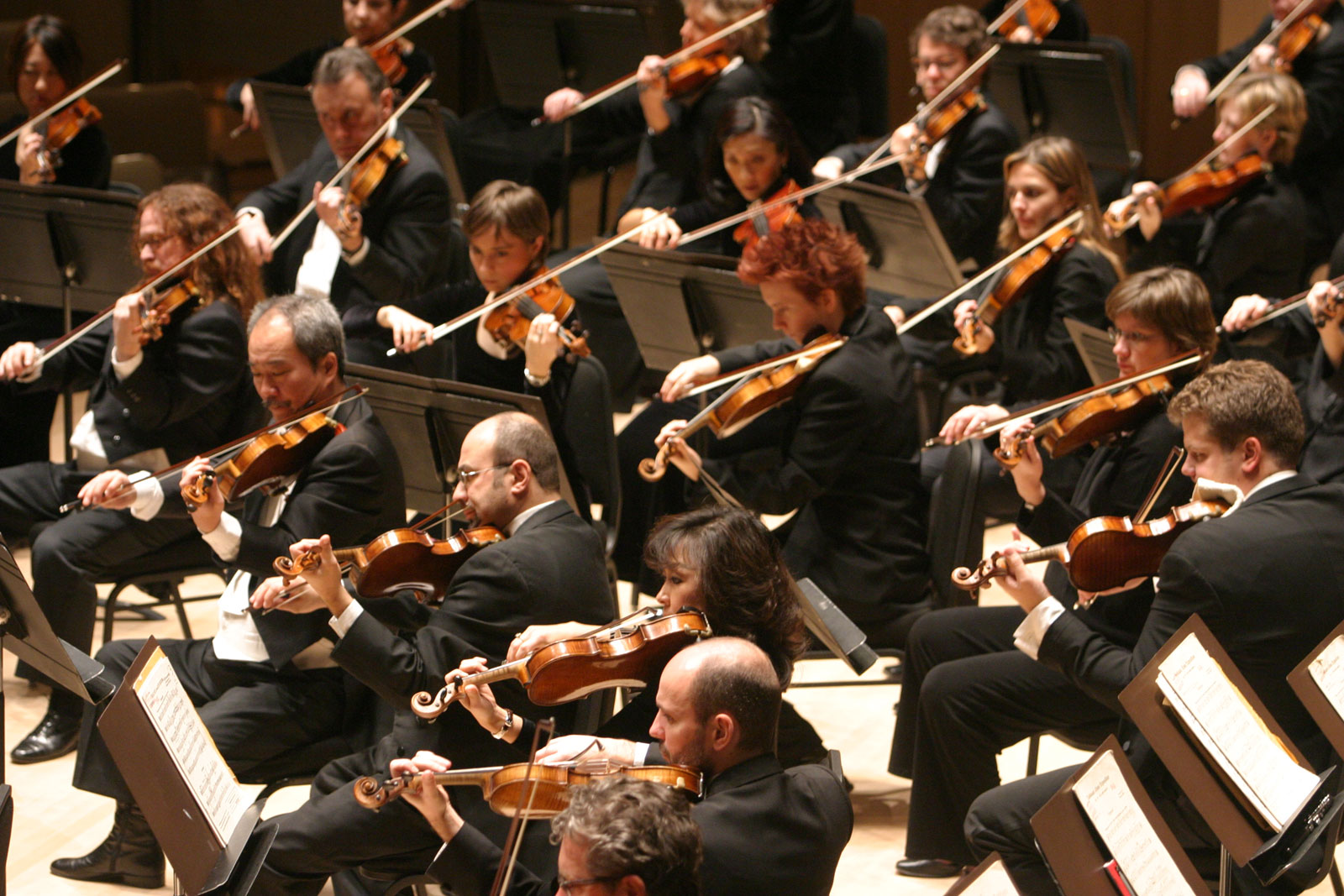Orchestras turned upside-down
Diane Ragsdale is someone who thinks about our business in very different ways than do I; ways that I have sometimes believed were dead wrong and occasionally harmful. But she’s not wrong in her most recent post at ArtsJournal:
In their article, Thinking About Civic Leadership, David Chrislip and Edward O’Malley convey that in the nineteenth and early-to-mid-twentieth century what generally was meant by civic leadership in America was “those at the top organization levels” that were “part of an elite, guiding force for civic life.” In other words, a network of white powerful men who knew what was best for their communities, and had ability to get things done. They operated from a position of authority, the authors write, doing things for their communities without input from their communities-at-large.
Among the institutions such civic leaders advanced, in the US, was the arts and cultural sector: museums, symphony orchestras, opera companies, ballet companies, and eventually regional theaters. This was the era in which private foundations and governments alike justified and promoted such investments on the basis of the ideals of “excellence and equity,” –by which they meant, generally, access for everyone to the art deemed most important by those vested at the time with the power to decided what counts as art.
…today, we are living in “a civic world turned upside-down”—an era in which citizens with the freedom and means by which to access the Internet have the tools to more easily self-organize, mobilize, express their concerns and desires to a global audience, and thereby participate in the civic world (if by that we mean the relationship of citizens to each other and to government) and potentially influence the political decision-making process.
Is this civic world upside down a good thing for the arts?
Our first instinct may be to shout, “Of course!”
But let’s be honest: The old civic world worked pretty well for the fine arts.
We (meaning established arts organizations and their patrons) were among those with authority to dictate what counts as art and culture. Leading in the new civic world is not about dictating what counts as art. Instead, it would seem to require a willingness to relinquish authority; to open up our institutions for citizen engagement, not just in artistic experiences but in governance; to look beyond the preservation, advancement, and interests of our individual organizations; and to use our many assets to serve the larger needs of society.
Indeed, this seems to be one of the grand narratives in the arts these days.
It’s the narrative that tells us that we need to rethink our relationship to the world, come down out of the ivory tower, and work side-by-side with our communities to improve quality of life for all citizens in the places where we live. But there is another narrative that has been exerting a powerful gravitational pull in the opposite direction. It’s the narrative that tells us that the path to salvation is a whole body embrace of the power, wealth, and financial growth at all costs. And in this civic world turned upside down, it seems it is becoming increasingly difficult to manage the tension between these competing narratives. As an example, Mark Ravenhill’s speech at the Edinburgh festival last year highlighted, in particular, the way that the means of some subsidized arts organizations may be in conflict with their supposed ends.
He said:
“I think the message in the last couple of decades has been very mixed, in many ways downright confusing: we are a place that offers luxury, go-on-spoil-yourself evenings where in new buildings paid for by a national lottery (a voluntary regressive tax) you can mingle with our wealthy donors and sponsors from the corporate sector and treat yourself to that extra glass of champagne but we are also a place that cares deeply about social justice and exclusion as the wonderful work of our outreach and education teams show. So we’re the best friends of the super-rich and the most disadvantaged at the same time? That’s a confusing message and the public has been smelling a rat. If the arts are for something, who are they for? And what are they doing for them?”
The question is being called. What’s the answer if we dig down deep and answer truthfully?
Do we want to be country clubs? Or do we want to be civic institutions?
This was something I tried to say a year a few years ago in an article in the Summer 2011 edition of Symphony magazine:
…as an industry, we have brought very little money, time, or thought to what “serving the community” would look like in practice instead of simply words in a mission statement… things that look like the beginnings of community engagement are the first that get cut from our budgets when times are tough. And they get cut by boards and managements, not musicians.
Getting community engagement right will involve orchestras rethinking themselves top-to-bottom as cultural service agencies rather than high-end entertainment companies. I see no constituency in our business that has truly wrestled with how that will change orchestras. Instead, we load up the concept of community engagement either with our fears (in the case of musicians) or with our agendas (in the case of boards and staffs). Neither is a substitute for thought, analysis, honesty, and a proper humility in the face of a very complex world.
Diane Ragsdale said it better, though. Go read the whole thing.


No comments yet.
Add your comment